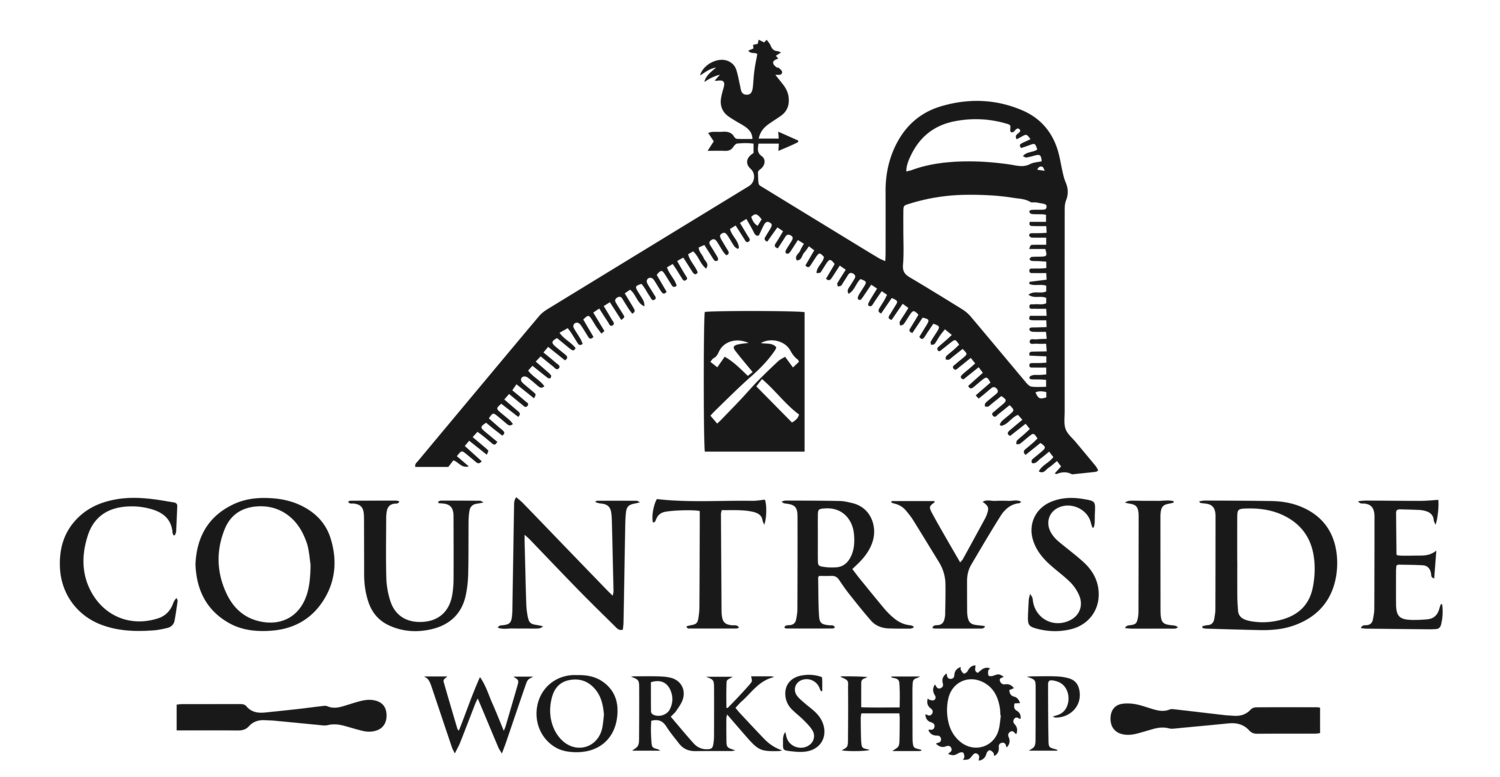Have you taken a risk lately?
We all take risks on a daily basis, some are just more severe than the others. Some risks we take without ever even thinking about it. Our bodies are wired to naturally assess risk without ever giving it much thought. The subconsciences mind is constantly working in overtime evaluating risk vs gain.
Think back to when you were a kid and you learned how to swing. Then you wanted to swing higher and higher but in the back of your mind you always thought, "What if I fall?". You were evaluating falling (risk) vs swinging higher (gain).
However, risk vs gain isn't always an easy evaluation. Some decisions are more complicated than others. Some require a lot more thought and details than others. Some decisions like buying a new tool, building a new project, or even leaving your job to peruse a career in woodworking can be intimidating. People use a variety of methods to help make that decision easier. Like writing a pro/con list or create graphs. I have adopted a numerical value system. More on that method in a minute.
I teach General Assessment of Risk almost weekly at the Coast Guard's Maritime Law Enforcement Academy and we use a similar numerical value system. In fact I modeled my method after what the Coast Guard teaches. I assign a numerical value of 1-10 (1 being low risk and 10 being high risk) to each of six different categories. Those categories are:
- Cost
- Financial Impact
- Happiness
- Effects on Family
- Future Impact
- Time Frame
After you have assigned a numberical value for each category then you add up the numbers to land in one of three sections: Green (6-23), Amber(24-44), Red(45-60). Green is low risk and you should proceed. Amber is monderate risk and you can proceed but do so with caution. Red is high risk and you should not proceed until you can get the assessed risk to a lower section. The numberical value you assign for each category should be well thought out and assigned with care.
I know this process sounds complicated but I promise after you sit down and complete it one time then it will start coming easier. If you use this process enough then eventually you will not need a paper to walk you through it, it will become a natural thing and you can do it all in your head.
I have included this PDF form to help you through the process and to help you make the best decision of risk vs gain.
